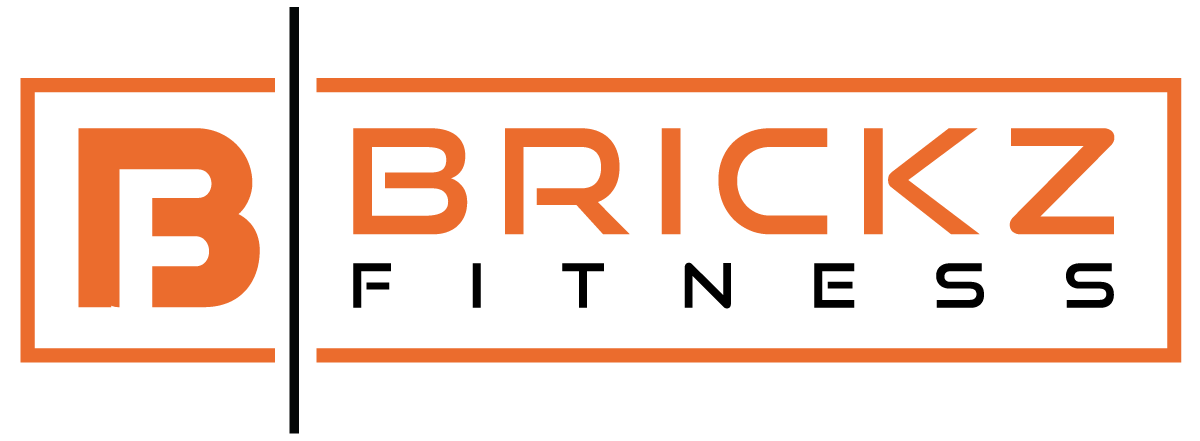How To Foam Roll & Why It’s Important
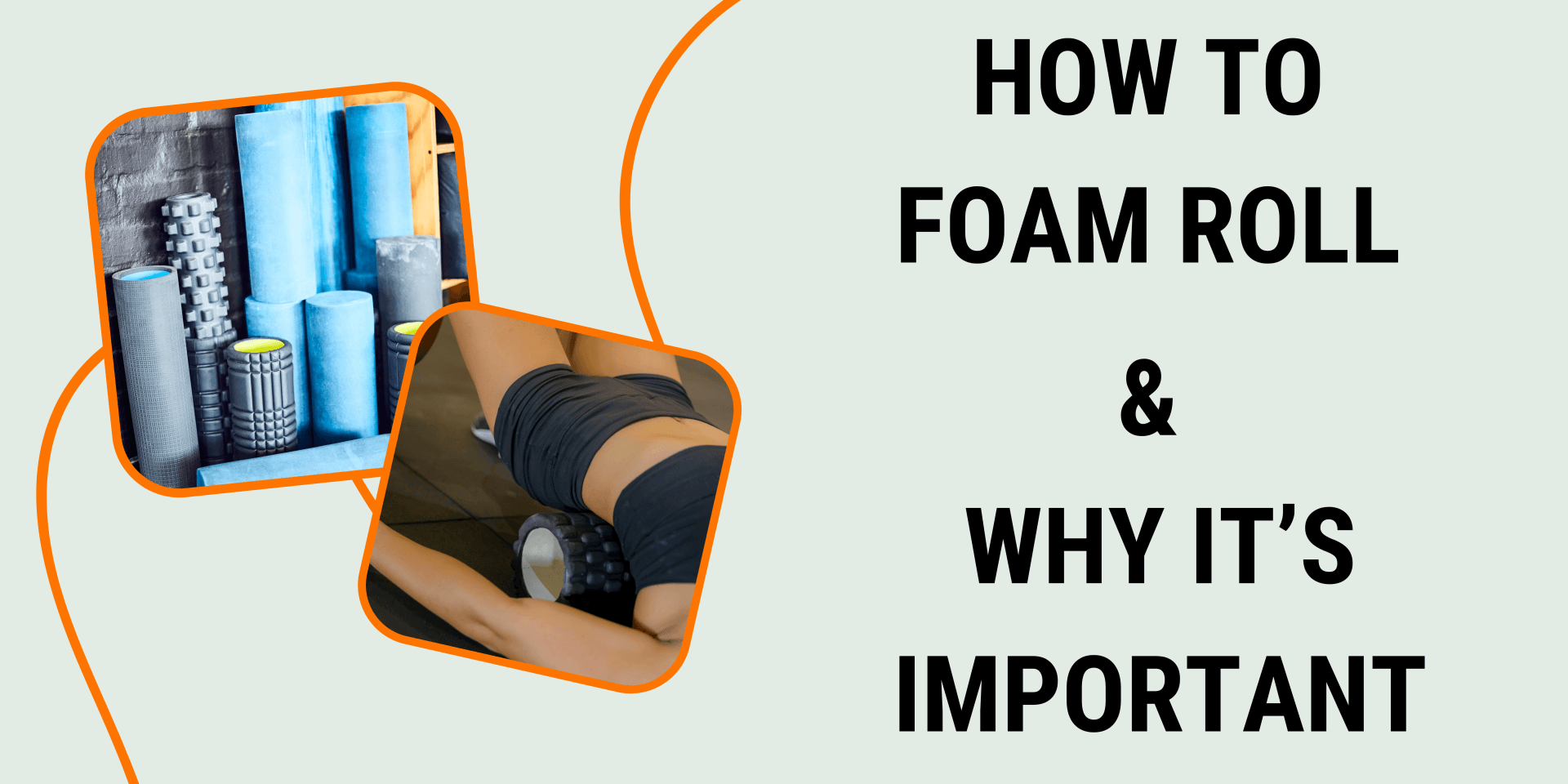
Whether you are an avid exerciser or just starting, investing in a foam roller is essential.
Why?
Because incorporating a daily foam rolling routine is critical for recovering from muscle tightness and soreness. Plus, it offers benefits to the body even beyond recovery from exercise.
Foam Rolling, also known as Self-Myofascial Release Stretching (MFR), utilizes a foam roller to reduce muscle/soft tissue tension & increase muscle/soft tissue extensibility.
Foam rolling exercises target the muscles and the fascia, the connective internal fibrous tissue covering or binding muscles, and other body structures. And foam rolling exercises help relieve muscle tension, stiffness, and pain.
The scientific phrase for the soreness we experience after a workout is “delayed onset muscle soreness“ or DOMS. DOMS kicks in about 36 to 48 hours after you finish exercising. Integrating a regular foam rolling routine into your day can help offset DOMS and help your muscles recover faster and healthier from exercise.
In addition, if you’re someone who sits a lot for work, then a foam roller is about to become your best friend. Utilizing the benefits of a foam roller in the morning and evening can help alleviate lower back pain from sitting, shoulder tightness, and achy legs.
Once you get your foam roller, it’s essential to know what to do with it! Here are a few tips and exercises to get you started.
The Benefits of Foam Rollers
Foam Rolling Helps To:
- Correct muscle imbalances
- Break up/reduce adhesions (knots within muscle tissue)
- Increase flexibility
- Aid in muscle relaxation
- Improve joint range of motion
- Reduce muscle soreness
- Decrease muscle tension/overall stress on the muscles and body
Now, let’s get to it.
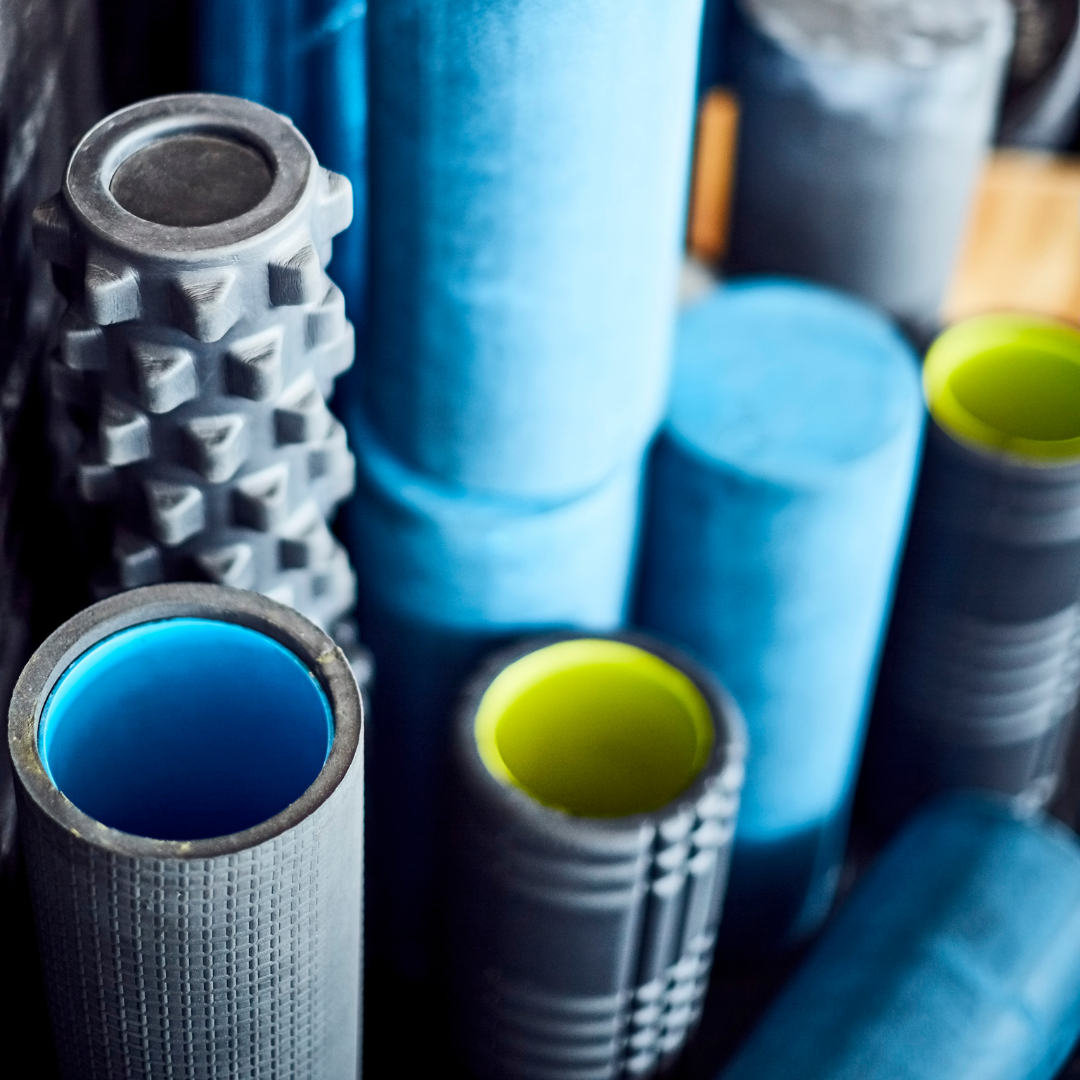
Before You Workout
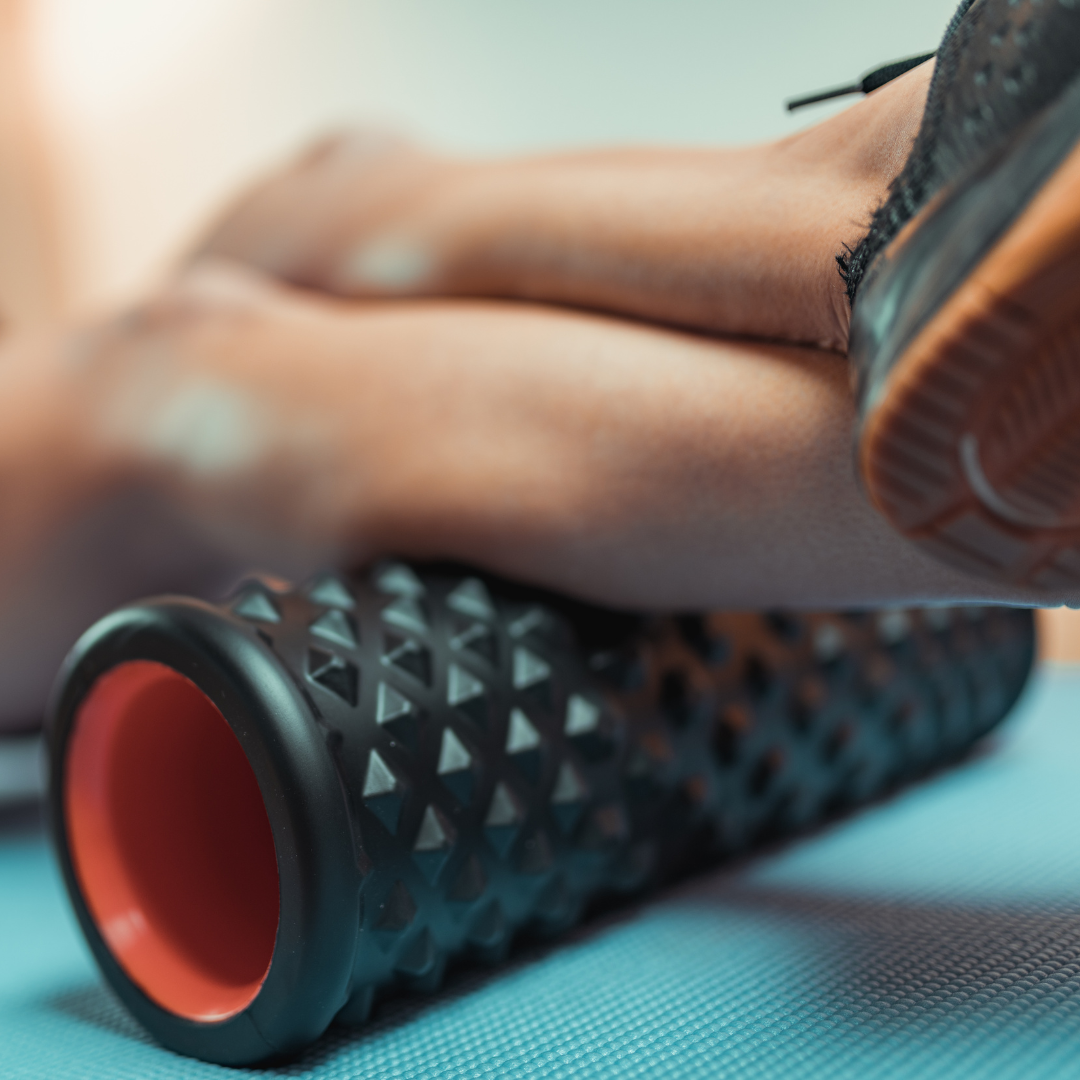
Calves
- Place the foam roller under your calf. Cross your leg over the other and lift your body with your arms. Gently roll your body toward your ankle and back up until you find a tender spot. Apply pressure for 30 seconds or until tension releases. Repeat for 2-3 sets and switch legs.
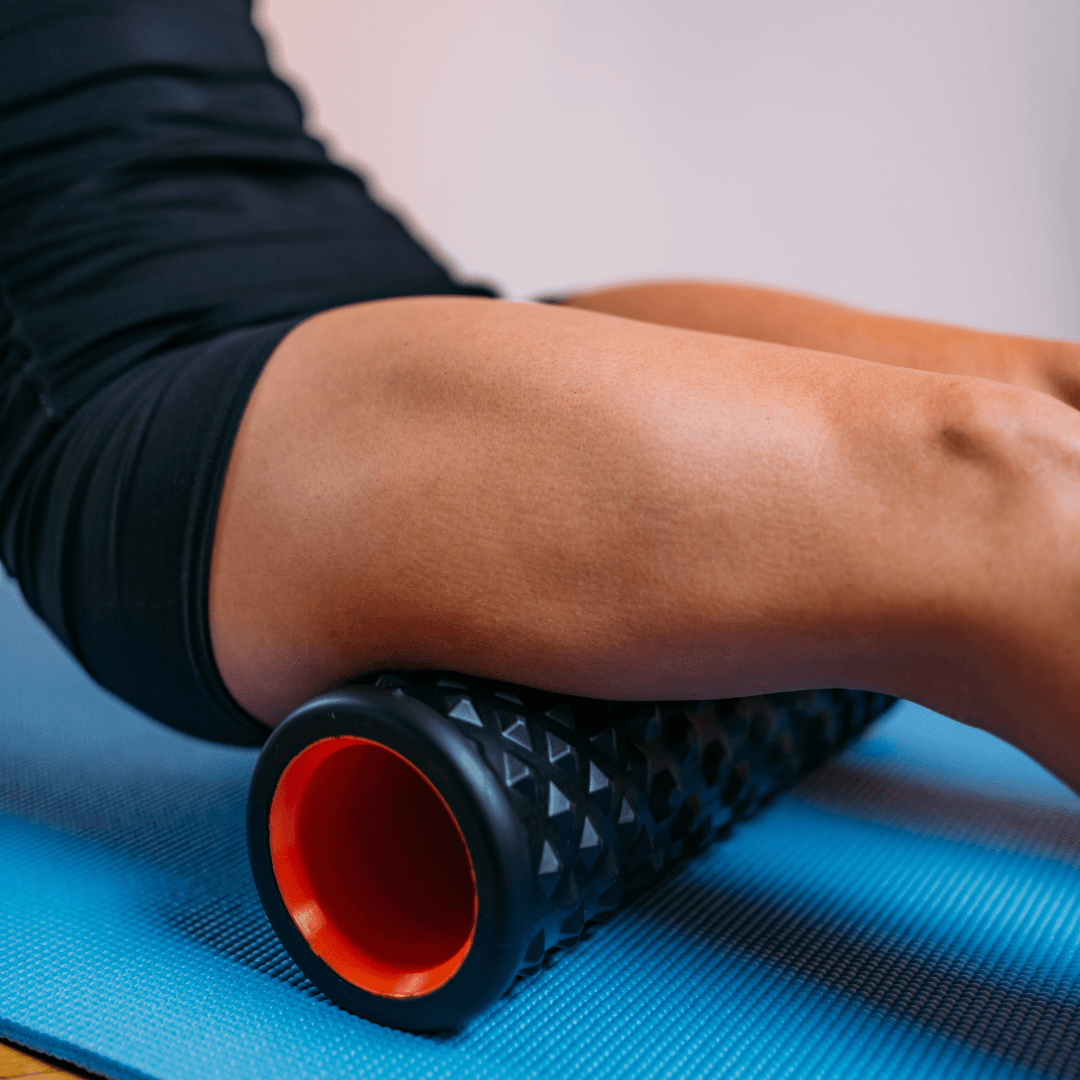
Hamstrings
- Place the foam roller under the top of your hamstrings. Place your hands behind you and lift your body. Gently roll your body toward your knee and back up until you find a tender spot. Hold and apply pressure for 30 seconds or until tension releases. Repeat for 2-3 sets.
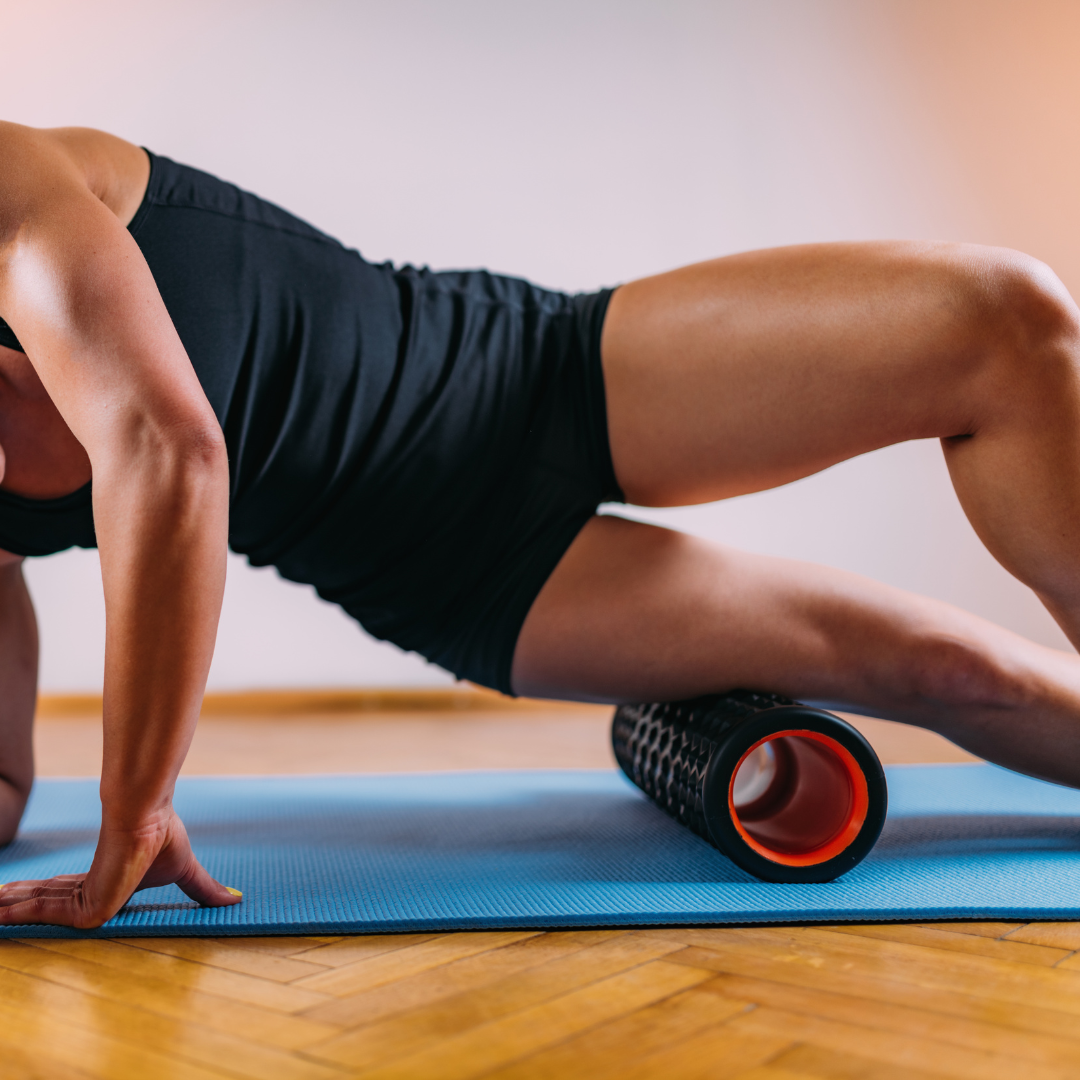
Inner Thighs (Adductors)
- Lie face down and place the foam roller under your inner thigh muscle. Gently roll your leg up and back toward your knee until you find a tender spot. Hold and apply pressure for 30 seconds or until the tension releases. Repeat for 2-3 sets and then switch legs.
Mid & Upper Back (Thoracic)
- Place the foam roller under your mid-back. Lift your glutes, gently roll your body toward your neck, then back down until you find a tender spot. Hold and apply pressure for 30 seconds or until tension releases. Repeat for 2-3 sets.
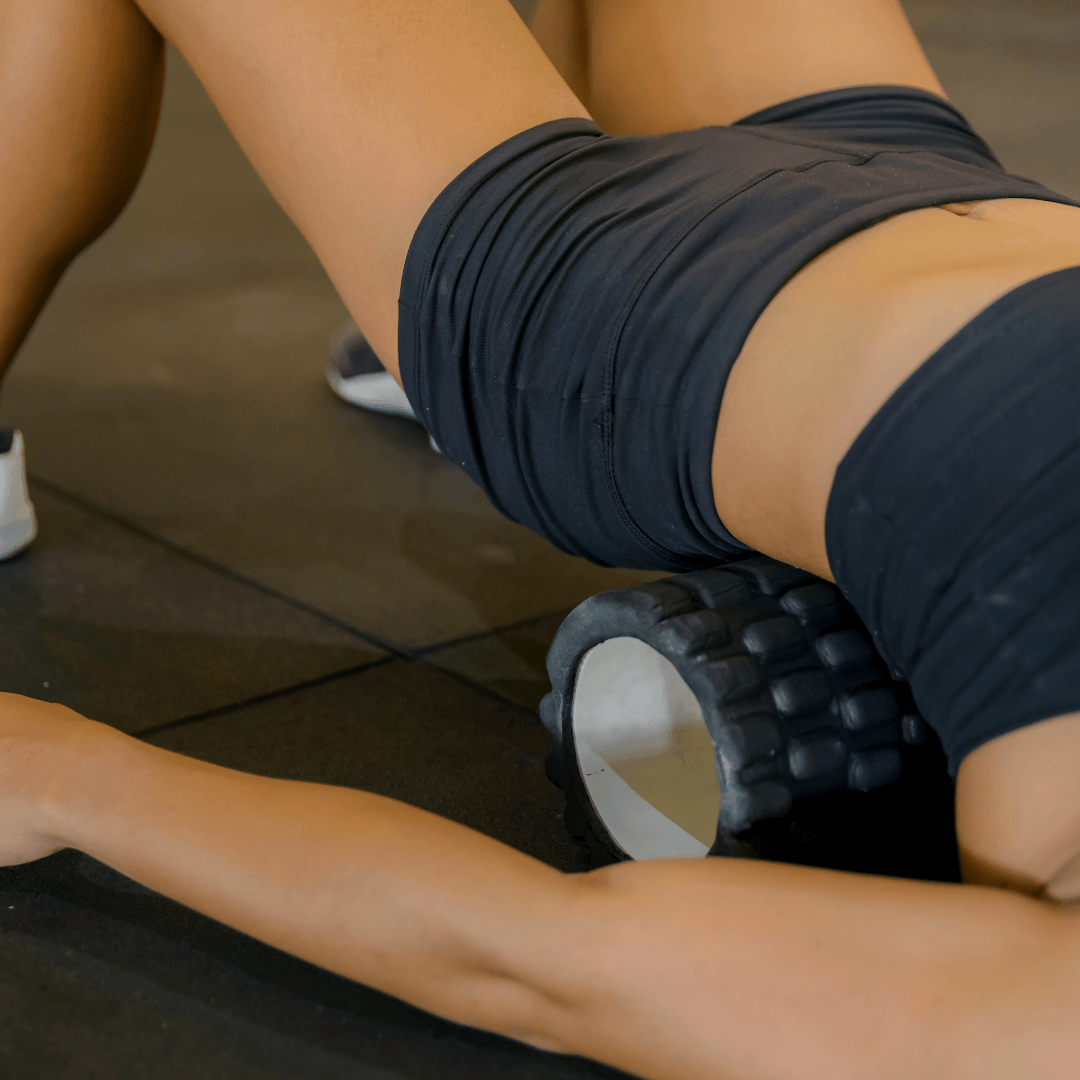
Hip Flexors
- Place the foam roller under the upper part of your outside hip area. Gently roll your leg up and back down to the top of your outer thigh until you find a tender spot. Hold and apply pressure for 30 seconds or until tension releases. Repeat for 2-3 sets and then switch legs.
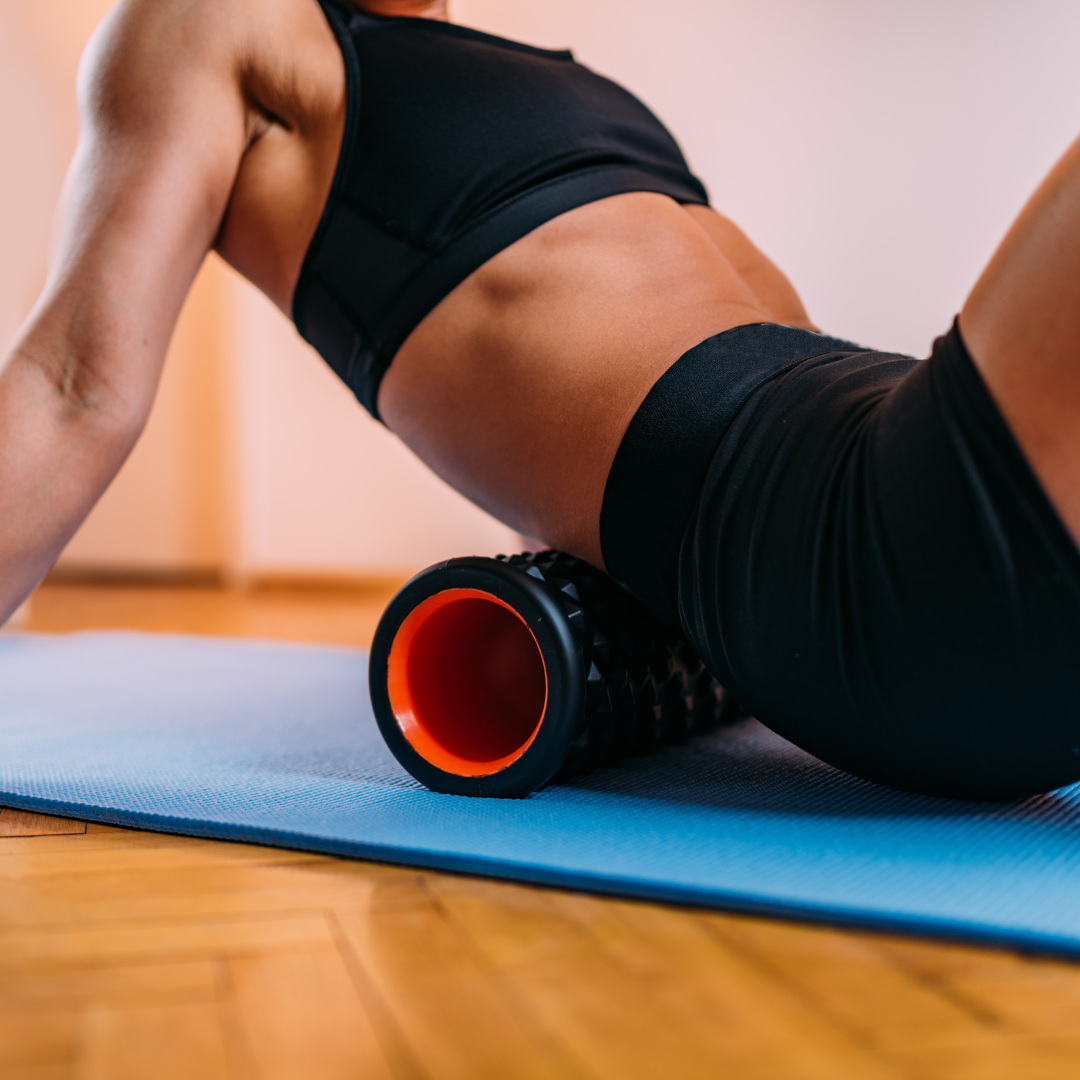
Lower Back
- Place the foam roller under your lower back. Lift your glutes up and gently roll your body up toward your mid-back and back down until you find a tender spot. Hold and apply pressure for 30 seconds or until tension releases. Repeat for 2-3 sets.
Glutes (Piriformis)
- Place the foam roller under the glutes. Lean over to one side and gently roll your body up and back down your glute area until you find a tender spot. Hold and apply pressure for 30 seconds or until tension releases. Repeat for 2-3 sets and then switch sides.
Again, whether you’re new to exercise or have been doing it regularly for years, incorporating foam rolling exercises into your routine can benefit your entire body.
Studies have shown that foam rolling after your workout can significantly decrease muscle soreness up to 72 hours later.
So, what are you waiting for? Get rollin’!
